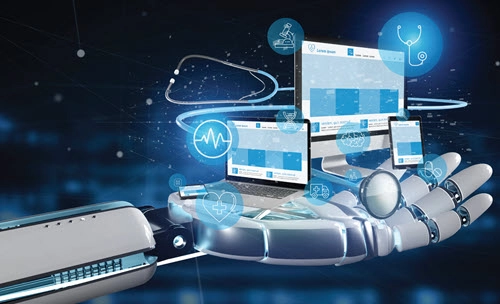Question: With the uptick of cyberattacks during the COVID-19 public health emergency (PHE), should we be concerned about our patients’ medical devices being hacked?
Georgia Subscriber
Answer: Yes, medical device safety has become a major concern with so many providers tracking patients’ progress through applications and devices during the pandemic; the risks have increased exponentially. In fact, the U.S. Food and Drug Administration (FDA) issued a new brief, “Best Practices for Communicating Cybersecurity Vulnerabilities to Patients,” in October that focuses on relaying information about a device’s vulnerability to patients and how to communicate these issues in case of a cybersecurity breach.

Reminder: The Internet of Things (IoT) has been a great boon to the healthcare industry, allowing the connection of devices, systems, and objects to the Internet to differentiate and enhance patient care and provider coordination. This bridge between devices, practitioners, and patients supports the idea that connecting everything in your office — and life — will make practicing medicine more efficient, effective, and easier; but, that’s not always the case. With each new hook up, the opportunity for the loss of electronic protected health information (ePHI) increases.
If you are implementing a cybersecurity plan for your medical devices, consider these FDA tips on communicating vulnerabilities to patients:
Resource: Review the FDA guidance at www.fda.gov/media/152608/download.
